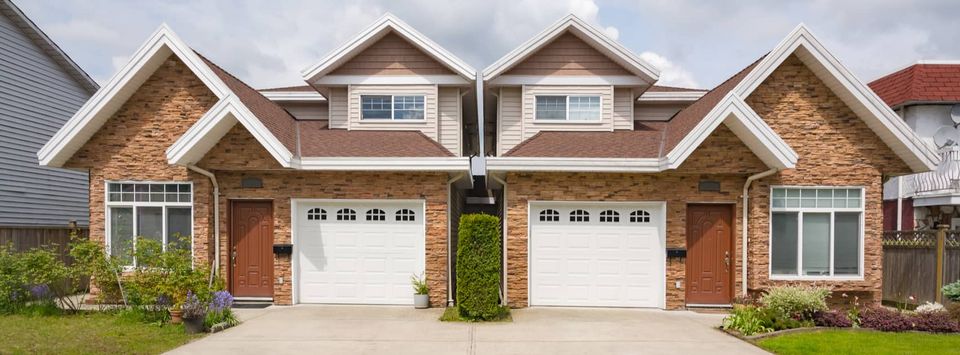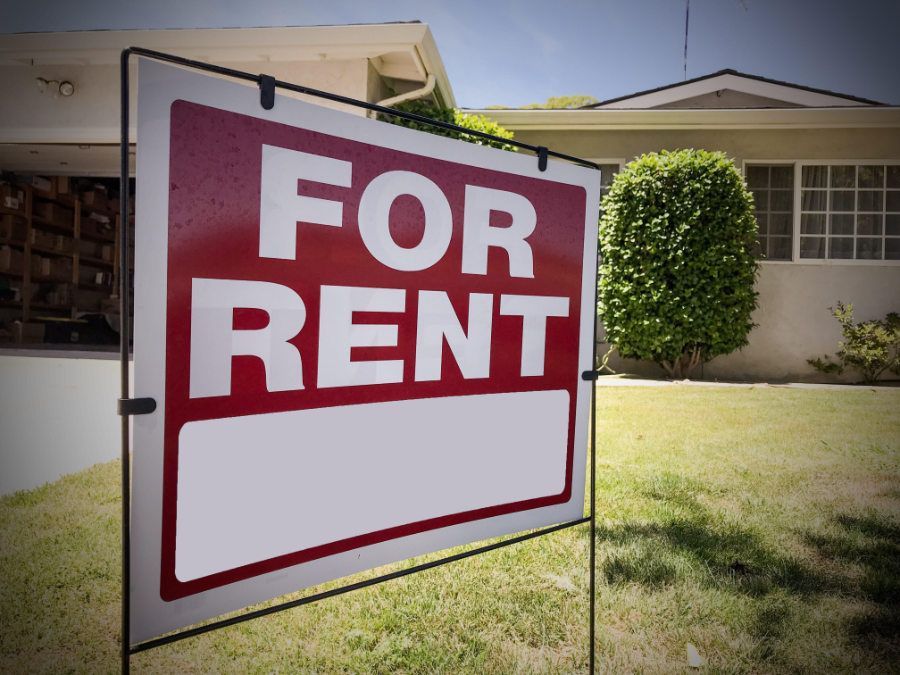How to Capitalize on a 2-4 Unit Opportunity in Long Beach
Dustin Edwards • October 23, 2020
Find the Right Opportunity and Grow Your Rental Portfolio

Managing properties throughout Long Beach, Lakewood and select nearby cities we manage our fair share of 2-4 unit properties. These properties are generally very popular as they have a nearly “home like” quality. They often provide attractive benefits to tenants such as on-site laundry or even a courtyard. For our property owners there is the added benefit of multiple rent checks from a single property!
One question we often get asked by our single family homeowners is, how do I find a great opportunity for a 2-4 unit? For the best values we have found it requires a bit of insight and usually a bit of work. Find out more on how you can find a 2-4 unit property that could be added to your portfolio.
Identify Opportunity Where Rents are Under Market
In any given market there are multi-family properties where the owner hasn’t taken the opportunity to steadily increase rents as allowed by laws and market conditions. For some owners they don’t want to lose great tenants and for others they don’t take the time to analyze market rents to see if more can be earned from their asset. Regardless of the reason, a key opportunity in looking for your next 2-4 unit property is identifying the buildings where the rent is far below the market rate.
When a property has rents below market rate it will make the asset appear as if it is being overpriced. The property may even look like a bad deal. Key commercial real estate metrics of Cap Rate and Gross Rent Multiplier are both based off of the revenue collected from rents. With rents low and the price possibly at nearly a market rate this can mean the property won’t initially look attractive. Take the time to analyze the market rents and even adjust the purchase price in your model, and leverage online rental calculators
to help you see how you could create a true win-win if you can acquire the property.
The Units aren’t Updated
To have a strong upside in rents and the property value the units should be modernized. As you are evaluating properties with the largest opportunity look for structures that have been well taken care of (i.e. roofing, foundation, exterior walls, landscaping, etc.) and the units haven’t been updated in more than 20+ years. You might see terms used in the listings such as “original charm” or “authentic interiors” and that is your queue to dig a bit deeper to identify the condition of each unit.
Upgrading the units can be quite a job and one needs to be careful to follow every applicable rental regulation which can mean paying tenants a fee to vacate the property if you want to upgrade all of the units at the same time. Other options include allowing for natural attrition of units and upgrading the unit prior to the next tenant which can be easier on cash flow. Whichever direction you decide a key component for success will be updating the units.
Add an Accessory Dwelling Unit (ADU)
While ADU’s (Accessory Dwelling Units) have largely been associated with residential properties the same opportunity is available to residential income properties. This means you could effectively make a triplex into a 4-unit property (or even larger)! Adding an additional unit to an existing property is a powerful way to add additional income as well as additional total value to the property.
Multifamily properties do have a number of key aspects for compliance and we would encourage you to research California Legislation AB 68
& AB 881
in greater detail as it will help you to see the opportunity for an ADU as part of a multifamily property.
When it comes to capitalizing on a 2-4 unit opportunity in Long Beach there are many items to consider. To help you understand how you could increase your rental portfolio we invite you to call us today at (562) 888-0247. Or if you prefer a complete evaluation of your property we invite you to fill out our Free Rental Analysis.





